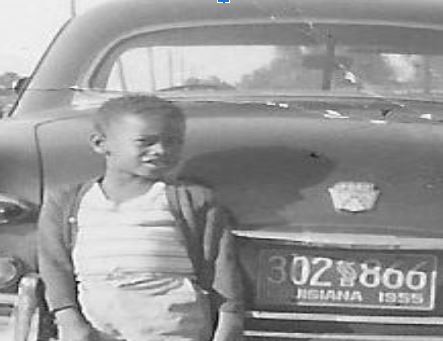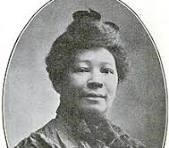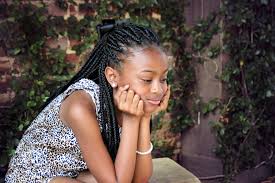Porch Conversation Between Josephine, Sheena, Nia (Future), & Jean-Paul
Josephine Yates' major accomplishment as a STEM teacher, scientist, and social advocate was her tireless efforts toward Negro literacy after the Civil War. Day nurseries, kindergarten, and Negro primary schools were the vehicles Yates and the National Association of Colored Women utilized to bring over 45% of formerly enslaved families to literacy. The core of this porch conversation is about reading.

"Ms. Yates, why was it so important to you that former slave families learned how to read?"

"I was blessed to have a fruitful and rewarding life because my ability to read allowed me to learn everything I wanted to know about."

"Ms. Sheena, you loved math and reading. Did you have students who had difficulty reading, but could do math?"

"Learning to do math above the rudimentary level requires that the student be able to read, especially word problems."

"Ms. Yates, what did the NACW use as the primary teaching method to teach literacy to former slaves and their children?

"NACW primarily used the biographical learning as the pedagogical method, because each student not only learned to read and write about themselves, but could apply their learning to reading in general. This included reading aloud, picture books, interviews, and art. Analyzing one's own life and the history of one's own family in the learning process stimulates self-development and makes it possible to shape the relationship between (older) people and their surroundings harmoniously, to identify certain inner resources, and thereby to sketch out markers and prospects for further sensible development."

"Ms. Sheena, what methods would you likely use to teach elementary students to read?"

"Most teachers today would likely use DIBELS or Reading Eggs to teach reading, as well as reading aloud and picture books."

"Ms. Nia, in the Future, what might be the pedagogical methods to teach reading?"

"The future of reading pedagogy will include Artificial Intelligence (AI), writing, holograms, and other forms of virtual reality to teach literacy."


